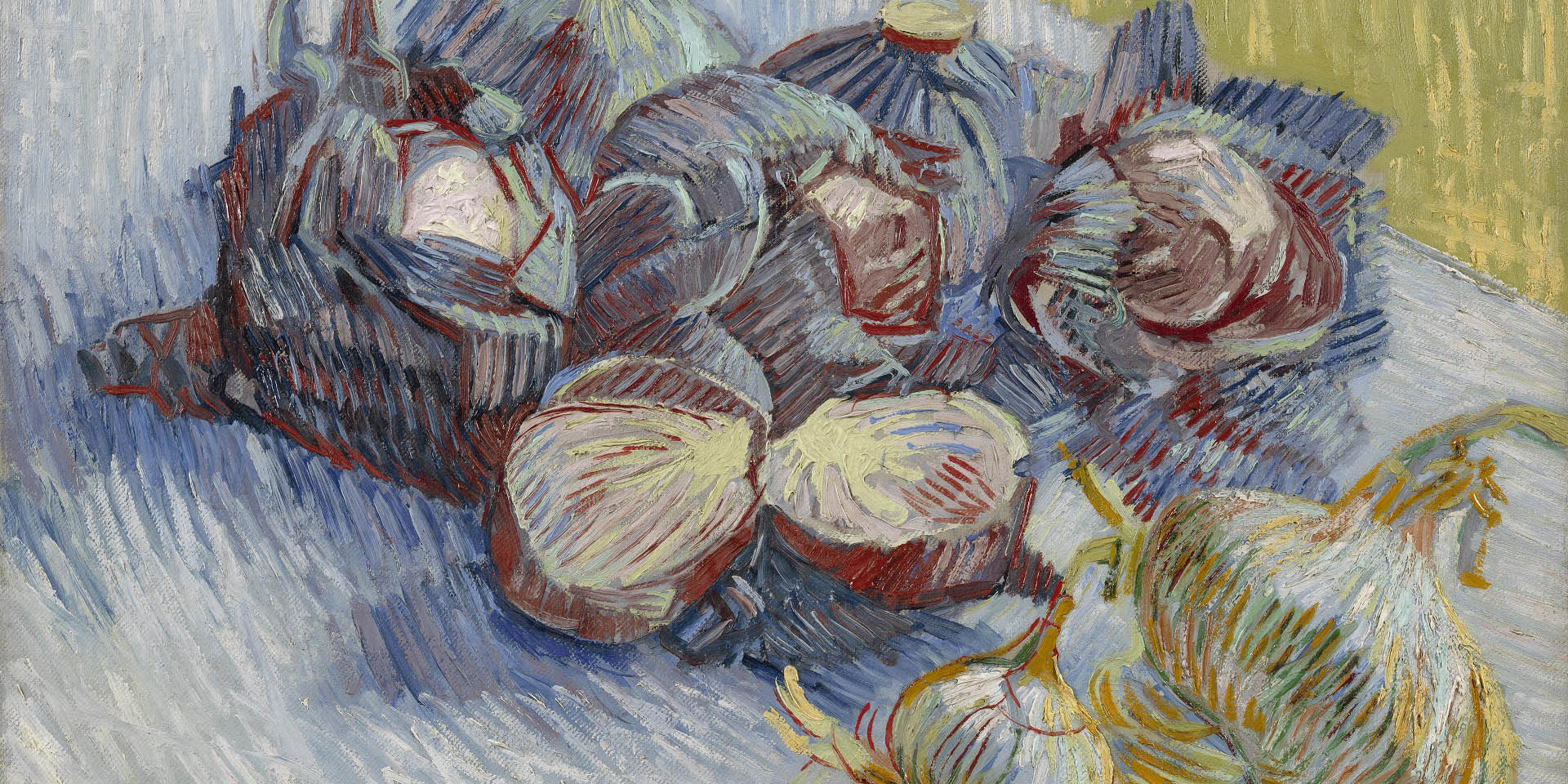“There is no such thing as a little garlic.” -Arthur Baer
BRIEF INTRODUCTION AND HISTORY OF GARLIC
Garlic (Allium sativum) is a species in the onion genus,Allium. Numerous cuneiform records show that garlic has been cultivated in Mesopotamia for at least 4,000 years. The Shi-Ching (Book of Odes), a Chinese classic compiled by Confucius (551– 479 BCE), features garlic eaten by animals and people and offered to the gods for good luck, while the even older Calendar of the Hsia (2000 BCE) also mentions garlic, suggesting that cultivation of garlic in China occurred simultaneously to that in ancient Mesopotamia.It is native to Central Asia and northeastern Iran, and has long been a common seasoning worldwide, with a history of several thousand years of human consumption and use. It was known to ancient Egyptians, and has been used both as a food flavoring and as a traditional medicine. It was consumed by ancient Greek and Roman soldiers, sailors, and rural classes (Virgil, Eclogues ii.11), and, according to Pliny the Elder (Natural History xix. 32), by the African peasantry. China produces some 80% of the world’s supply of garlic.
ALLIUMS – AS SPICES, HERBS AND FOODS IN KITCHEN
The role of spices and herbs in shaping the course of history is a long and romantic story in which garlic and other alliums figure prominently. A spice may be defined as “any dried, fragrant, aromatic, or pungent vegetable or plant substance, in the whole, broken, or ground form, that contributes flavor, whose primary function in food is seasoning rather than nutrition, and that may contribute relish or piquancy to foods or beverages” Herbs have a more botanical definition as plants “more or less soft or succulent, mostly grown from seeds and not developing woody, persistent tissue …[which] are usually used fresh and are considered to be a better flavouring in their fresh state”
Humans are thought to spice foods “to take advantage of the antimicrobial actions of the plant secondary compounds that give spices their flavors… [and that] by cleansing foods of pathogens, spice users contribute to their health, survival and reproduction.” An analysis of these recipes revealed that the three most widely used spices were onion, pepper and garlic (65%, 63% and 35%, respectively) and that countries with warmer climates used such spices more frequently than countries with cooler climates.
The use of garlic, onion, leek, and other alliums in cooking is extensive and is well treated in general cookbooks, as well as those specializing in Allium-based recipes (see Bibliography). As will be seen, there is considerable science involved in properly cutting and cooking onions and other alliums. High heat and extended cooking time bring out the worst features of onions yet they must be cooked long enough to eliminate their “bite.” Strongly flavored onions can be made milder by boiling them in salted water for five minutes before proceeding with a recipe. The oil serves both to transmit the heat and to contribute flavor. Rapid cooking of onions or other alliums at higher temperatures allows some of the sharper flavor and texture to remain compared to slower cooking at lower temperatures.
GARLIC AND HEALTH
The Effect On Cardiovascular Disease
Cardiovascular disease (CVD) is one of the leading causes of morbidity and mortality in industrialized countries.
Quercetin and other flavonoids found in onions are antioxidants and free radical scavengers, which have anticarcinogenic and antithrombotic properties and are thought to protect against cardiovascular disease (Williamson, 1996). They have the ability to sequester copper, iron and zinc ions, which may explain their antioxidant activity (see Chapter 4.9). Quercetin 4′-O-glucoside and 3,4′-O-diglucoside account for over 85% of the total flavonoids in common varieties of onion, with another 17 flavonoids making up the remaining 15% flavonoids (Price, 1997). The total amount of flavonoids varies considerably with onion cultivars, from a low of 7 mg kg−1 for white onions to 600 to 700 mg kg−1 for red and gold onions, with red being slightly higher thanyellow (Havey, 1999). Shallots have even higher levels of flavonoids ranging from 1000 to 1200 mg kg−1 (Bonaccorsi, 2008), as do “prompt consumption onions” such as green onions. Flavonoid levels vary within the onion bulb, with the highest levels being in the outermost scales with a graduated decrease towards the center of the bulb. Postharvest field-curing of onions enhances flavonoid levels (Lee, 2008).
The reported effectiveness of garlic and onion in prevention of CVD is associated with the lipid-, cholesterol- and homocysteine-lowering (hypolipidemic, hypocholesterolemic, hypohomocysteinemic, respectively), anti-hypertensive, antidiabetic and antithrombotic (antiplatelet aggregatory) effects claimed of these plants and their derived supplements.
The Effect On Cancer
A recent study evaluated the inhibitory effects of 34 commonly consumed vegetables on the proliferation of eight different tumor cell lines, derived from stomach, kidney, prostate, breast, brain (two types), pancreatic and lung cancer . The extracts from cruciferous and particularly genus Allium vegetables inhibited the proliferation of all test cancer cell lines. The study notes that “among all the vegetables tested in this study, the extract from garlic was by far the strongest inhibitor of tumor cell proliferation, with complete growth inhibition of all tested cell lines. Leek, immature (green) and mature (yellow) onions were also highly inhibitory against most cell lines.” The study concludes that “cruciferous, dark green and Allium vegetables are endowed with potent anticancer properties…inclusion of cruciferous and Allium vegetables in the diet is essential for effective dietary-based chemopreventive strategies”
A 2016 meta-analysis of case-control and cohort studies found a moderate inverse association between garlic intake and some cancers of the upper digestive tract. Another meta-analysis found decreased rates of stomach cancer associated with garlic intake, but cited confounding factors as limitations for interpreting these studies. Further meta-analyses found similar results on the incidence of stomach cancer by consuming allium vegetables including garlic.
References
“Allium cepa var. cepa”. Germplasm Resources Information Network (GRIN). 10 December 2017.
“Garlic and Other Alliums: The Lore and the Science. ” By Eric Block (2010).




